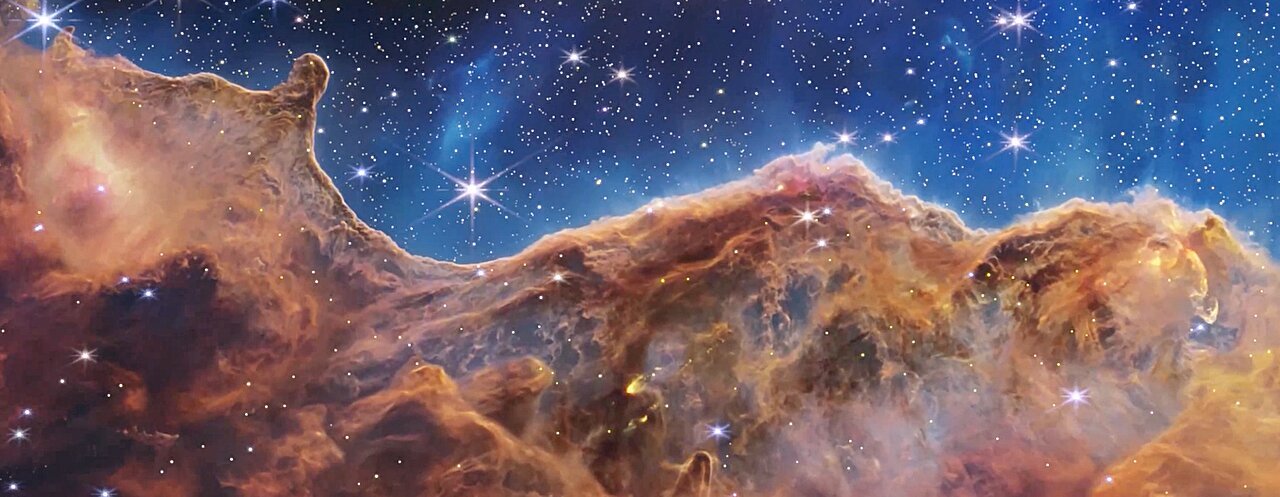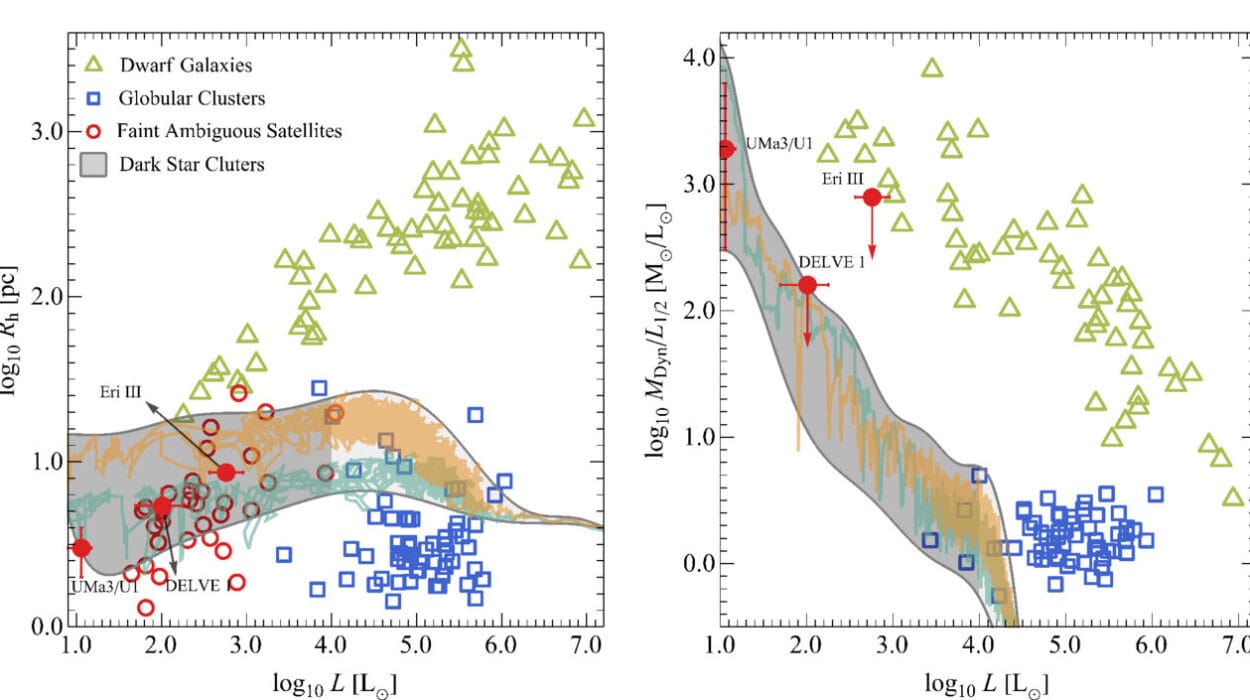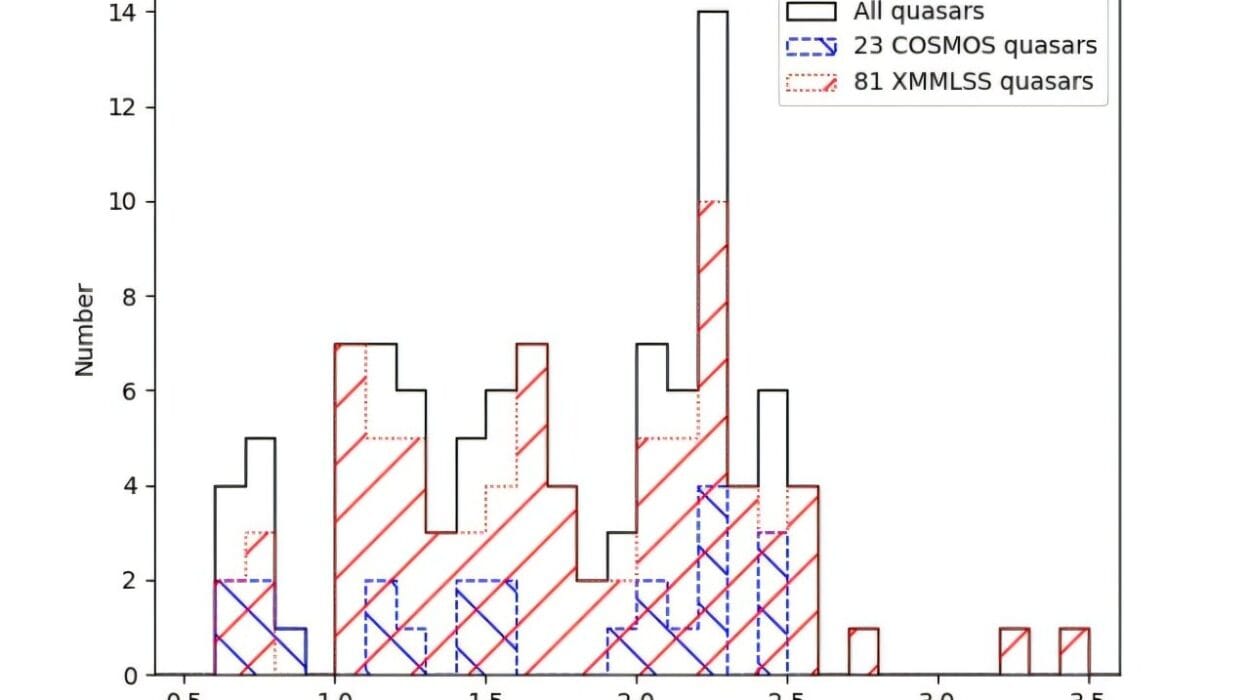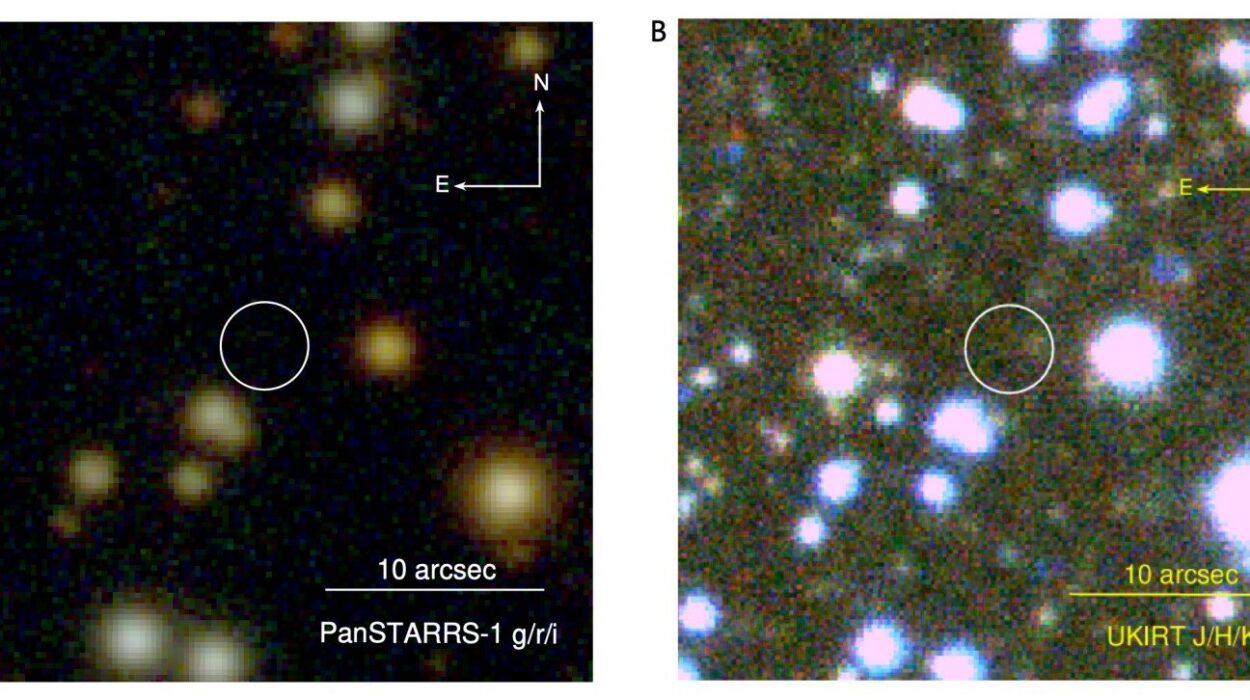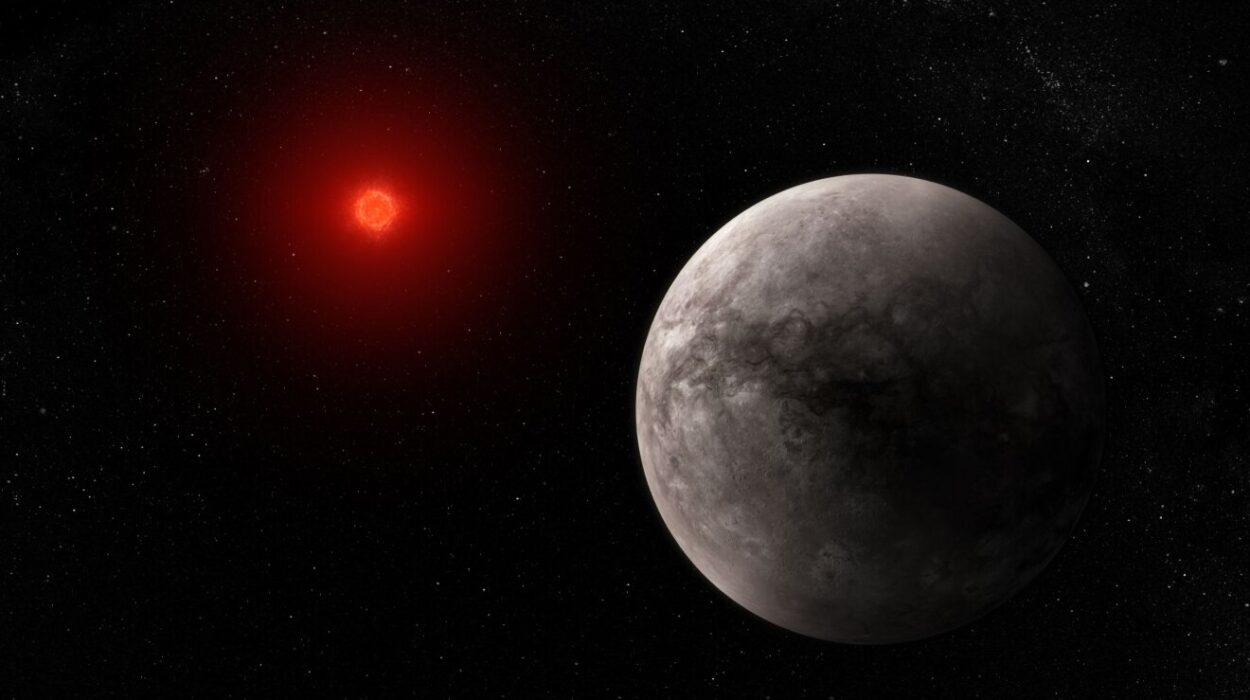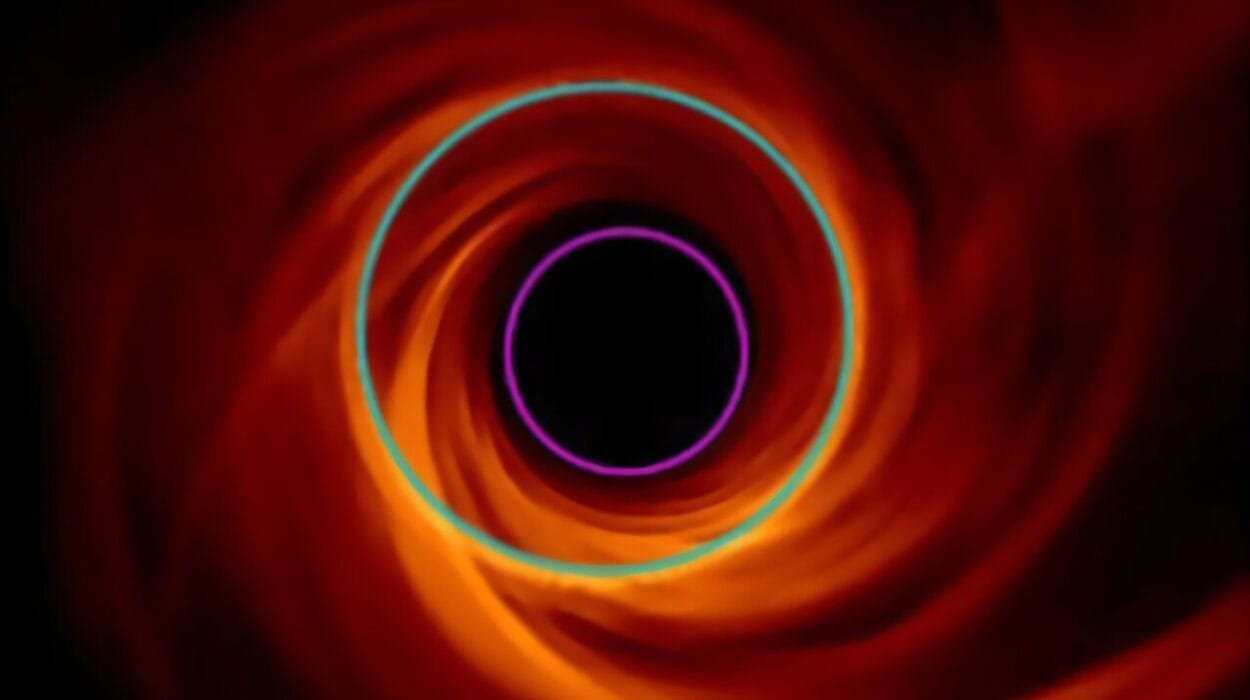In July 2022, the James Webb Space Telescope (JWST) unfurled its vision to the world in a breathtaking debut, marking a new era in humanity’s exploration of the cosmos. Among the collection of spectacular first images, one scene stood out like a cosmic fairytale — the “Cosmic Cliffs.” This ethereal vista, brimming with golden light and turbulent dust, looked almost unreal, like a distant alien shoreline bathed in starfire. But far from being just a pretty picture, the Cosmic Cliffs are a dynamic cauldron of creation. Now, thanks to a remarkable 3D visualization from NASA’s Universe of Learning, this luminous cloudscape has been brought to life in an even more immersive way.
The new experience, titled “Exploring the Cosmic Cliffs in 3D,” transforms flat imagery into a sweeping journey through space, where motion and depth reveal the explosive drama hidden in Webb’s data. It’s more than a visual upgrade—it’s a ticket into the heart of a star-forming region 7,600 light-years away.
The True Identity of the Cosmic Cliffs
What looks like a towering range of otherworldly mountains, shrouded in mist, is in fact a massive wall of gas and dust. This formation is just a small slice of a much larger stellar nursery called the Carina Nebula Complex, home to some of the Milky Way’s most energetic stars. The specific region showcased in the Cosmic Cliffs belongs to Gum 31, a vast bubble of glowing gas. Embedded within it is the young star cluster NGC 3324, whose powerful stellar winds and ultraviolet radiation have sculpted this magnificent structure.
These stars are cosmic sculptors. Their radiation doesn’t just light up the nebula—it also shapes it, pushing gas away and carving deep cavities. The Cosmic Cliffs lie at the edge of one such carved-out hollow. NGC 3324, although located outside the field of view in the original image, is the unseen force behind the drama, chiseling the cliffs from within Gum 31 like an invisible artist working in ultraviolet.
Starbirth in Action: Steam, Jets, and Arcs of Light
The most captivating aspect of this region isn’t just its surreal beauty—it’s that we are witnessing starbirth in action. The flowing, mist-like appearance of the cliffs is no illusion. Those soft wisps that resemble curling smoke are, in reality, streams of hot, ionized gas, escaping the dense molecular clouds as they are scorched by UV light. This gas isn’t drifting lazily—it’s rushing away, energized and agitated, as radiation eats into the dark clouds, triggering new waves of star formation.
Eagle-eyed viewers of the original image may have noticed dazzling streaks of yellow and arcs of light threading their way through the cliffs. These are stellar outflows, plumes of material being ejected from newly forming stars. Deep inside these thick curtains of gas, protostars—stars still in their cosmic infancy—are gathering mass and generating fierce, narrow jets. One such jet, visibly streaming from the upper right of the image, is the highlight of the 3D visualization’s final moments. It cuts a brilliant path through the haze, a dynamic arrow of creation caught mid-flight.
From Flat Image to Cosmic Journey
To the average viewer, the original Cosmic Cliffs image is already awe-inspiring. But for scientists like Dr. Frank Summers of the Space Telescope Science Institute (STScI), that two-dimensional view left something to be desired. “Bringing this amazing Webb image to life helps the public to comprehend the three-dimensional structure inherent in the 2D image,” he explains. As the principal visualization scientist and leader of the AstroViz Project, Summers is part of the team responsible for translating Webb’s data into something the human brain can more naturally interpret.
The result is a cinematic flythrough of the Cosmic Cliffs that makes use of real observational data, theoretical modeling, and artistic rendering to convey both the depth and complexity of the scene. It’s not a simulation in the traditional sense, but rather a scientifically informed visualization—a bridge between raw data and human perception.
A Stellar Nursery Revealed
Inside the Carina Nebula Complex, gravity and radiation are locked in a titanic battle. The pressure of hot gas pushes outward, while gravity tries to pull material together. The boundary where these forces meet is where stars are born. In the Cosmic Cliffs, this boundary is lit up in vivid hues of gold, blue, and orange, a visual testament to the physics at play.
The 3D visualization captures this tension beautifully. As the camera glides over the ridges and gullies of the nebula, it reveals dense pockets where gravity is beginning to win—tiny knots that will eventually collapse into new stars. These pockets, many still hidden behind curtains of dust, are stellar incubators. As the visualization unfolds, viewers can begin to intuit where the future stars of the Milky Way are gestating.
Webb’s Unparalleled Power
What makes this all possible, of course, is the James Webb Space Telescope. Unlike its predecessor, the Hubble Space Telescope, which primarily operates in visible and ultraviolet light, Webb sees in infrared. This crucial difference allows it to peer through the dust that would otherwise obscure our view. Infrared light penetrates dense gas clouds, revealing hidden structures and providing a more complete picture of what’s really going on in star-forming regions.
Webb’s ability to resolve fine detail—down to the scale of a few light-years across at such incredible distances—enables visualizations like “Exploring the Cosmic Cliffs in 3D” to be not just artistically moving, but scientifically accurate. Every glint, swirl, and shimmer in the visualization corresponds to real data, interpreted through the lens of current astrophysical understanding.
A Cosmic Classroom
More than just a pretty showpiece, the 3D journey through the Cosmic Cliffs is a powerful educational tool. It helps audiences visualize concepts that are difficult to grasp when confined to textbooks or static images: the collapse of interstellar clouds, the birth of stars, and the dynamic, often violent interactions between stellar radiation and molecular gas.
It also drives home the incredible scale of our universe. The structures seen in the Cosmic Cliffs are dozens of light-years across. The jets from protostars alone can stretch for trillions of miles. The entire region is a seething laboratory of astrophysics, lit by stars many times the mass of our Sun and destined to give rise to countless more.
Looking Ahead
The Cosmic Cliffs are just the beginning. As Webb continues its mission, countless other nebulae, galaxies, and stellar nurseries will be revealed in similar detail. Each new dataset brings with it the opportunity for visualization, for translating the immense and complex universe into something we can experience—if not physically, then at least emotionally and intellectually.
Through tools like “Exploring the Cosmic Cliffs in 3D,” NASA’s Universe of Learning program is not only bringing the cosmos closer but making it comprehensible. It’s a reminder that we are no longer just passive observers of the universe; we are explorers, storytellers, and architects of understanding.
And so, with each new visualization, the curtain lifts just a little more on the great cosmic theater, revealing a universe alive with motion, drama, and endless wonder.
